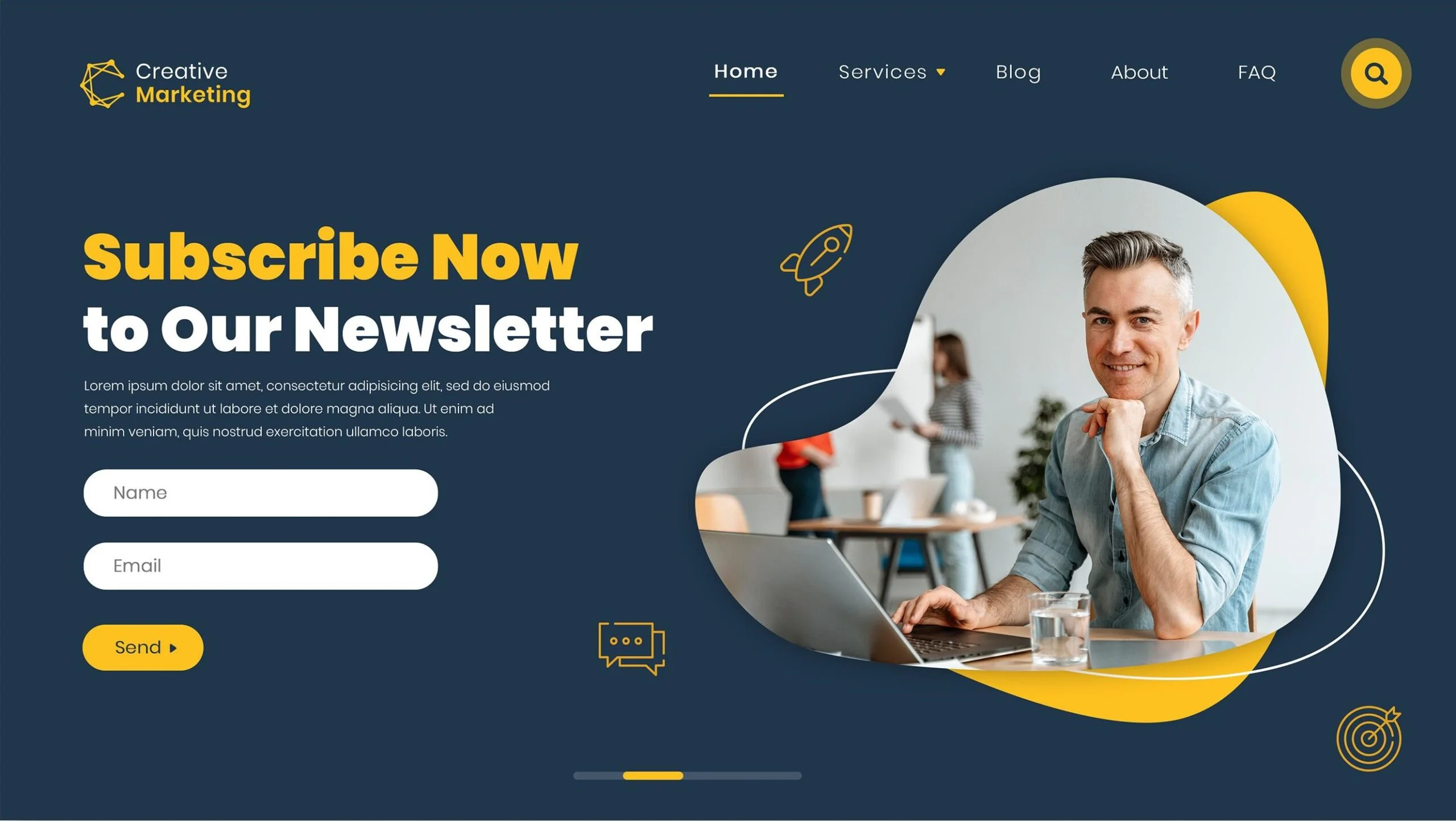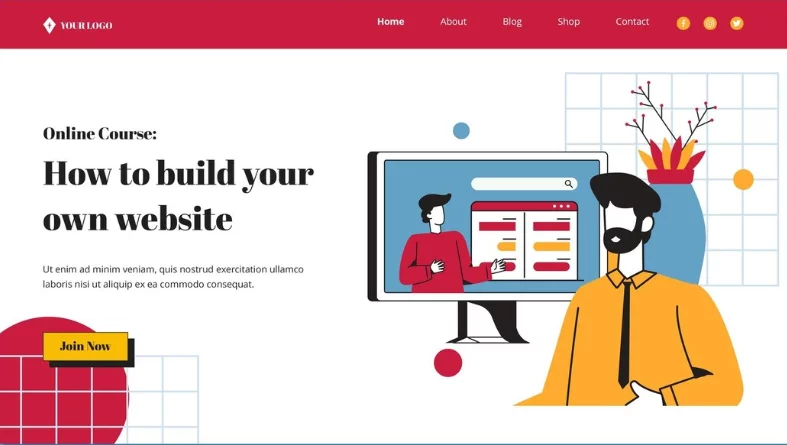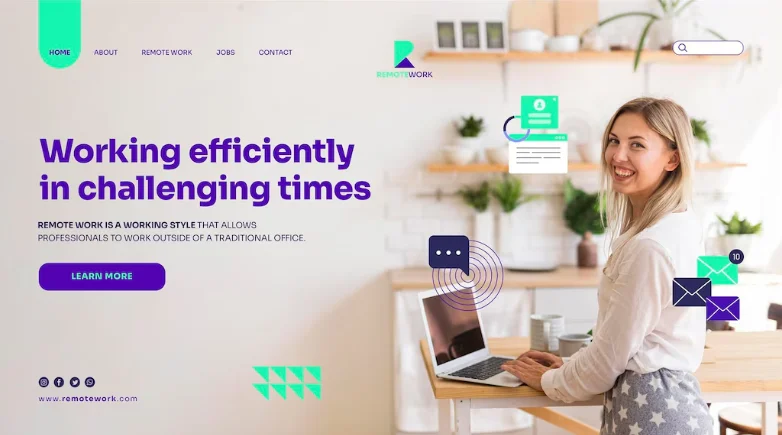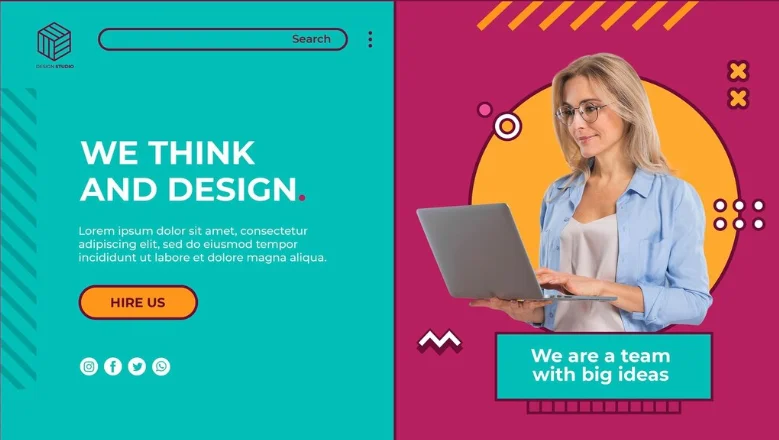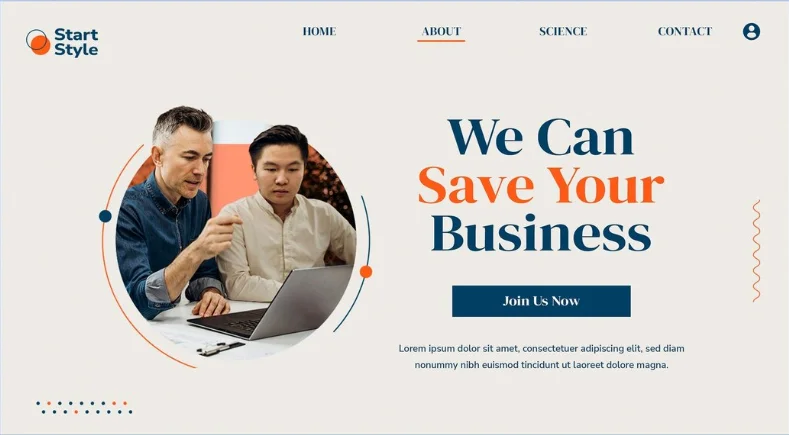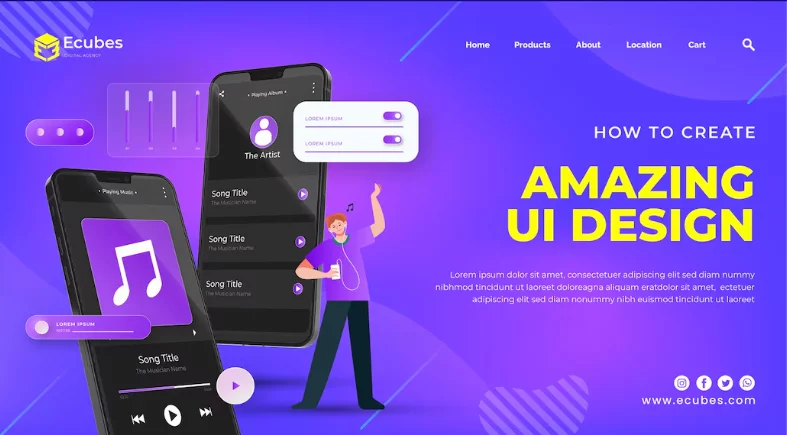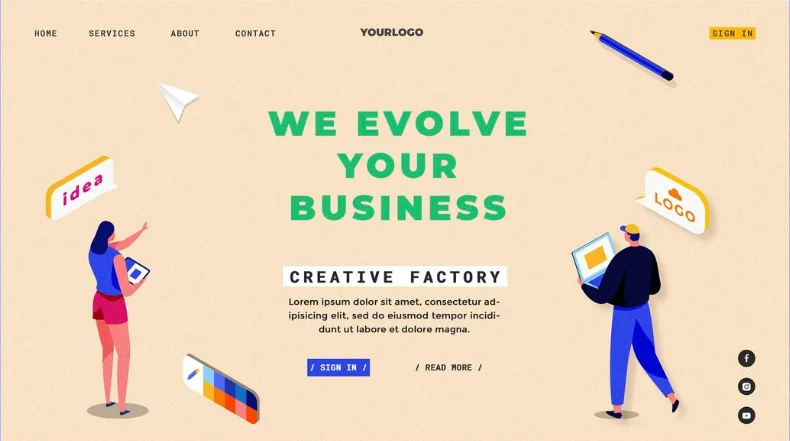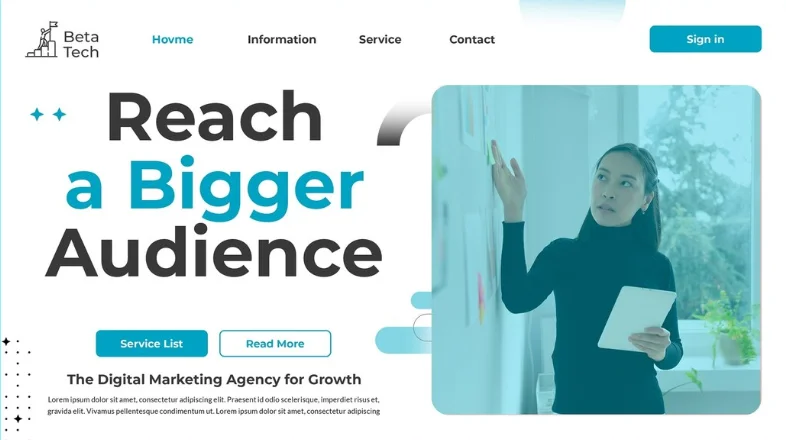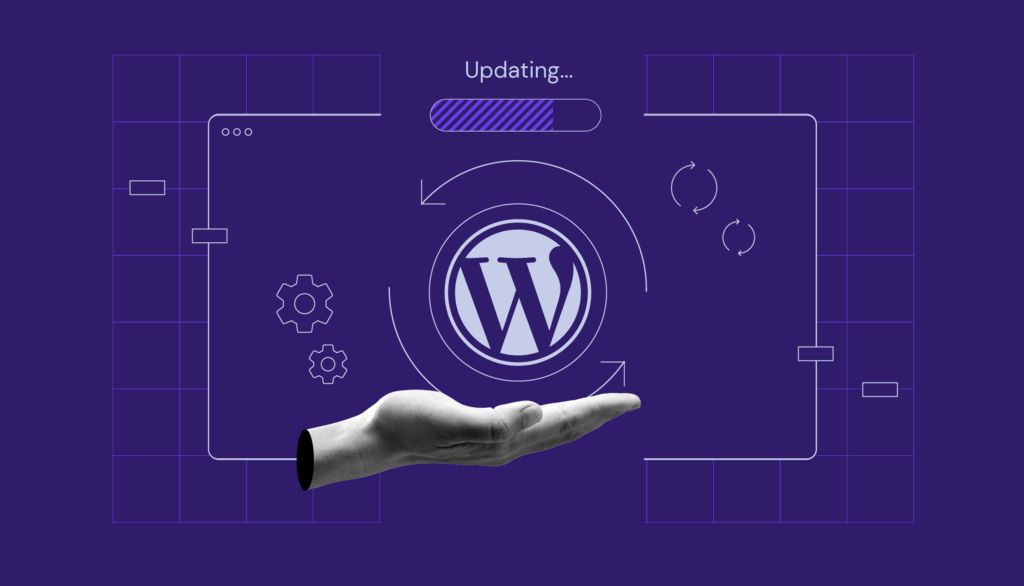In the ever-evolving landscape of the internet, web design stands as the cornerstone of digital presence. It’s not just about creating visually appealing websites anymore; it’s about crafting immersive, user-centric experiences that resonate with audiences. As technology advances and user expectations rise, mastering the art of web design becomes increasingly crucial for businesses and individuals alike. In this blog, we delve into the fundamentals, trends, and best practices of web design to empower you in creating impactful online experiences.
Understanding the Fundamentals
At the heart of effective web design lies a deep understanding of fundamental principles. These include:
- User Experience (UX): UX design focuses on enhancing user satisfaction by improving the usability, accessibility, and pleasure provided in the interaction with a website. It involves understanding user behavior, conducting research, and designing intuitive interfaces.
- Responsive Design: With the proliferation of mobile devices, responsive design has become imperative. Websites must adapt seamlessly to various screen sizes and resolutions to ensure optimal viewing experiences across devices.
- Visual Hierarchy: Visual hierarchy guides users through a website by prioritizing elements based on their importance. This includes utilizing size, color, contrast, and spacing to direct attention and convey information effectively.
- Typography and Readability: Choosing appropriate fonts and ensuring readability are crucial for effective communication. Typography sets the tone of a website and influences how content is perceived and understood.
- Color Theory: Colors evoke emotions and convey messages. Understanding color theory helps in creating harmonious color palettes that resonate with the brand and elicit desired responses from users.
Embracing Design Trends
Web design trends evolve constantly, reflecting changes in technology, user behavior, and aesthetics. Staying abreast of these trends can give your website a competitive edge. Some notable trends include:
- Minimalism: Minimalistic design focuses on simplicity, clarity, and functionality. It eliminates unnecessary elements, creating clean and uncluttered interfaces that prioritize content and usability.
- Dark Mode: Dark mode reduces eye strain, conserves battery life, and adds a sleek, modern aesthetic to websites. Its popularity has surged in recent years, with many platforms offering dark mode options.
- Microinteractions: Microinteractions are subtle animations or visual cues that enhance user engagement and feedback. They add delight and personality to interactions, making the user experience more dynamic and engaging.
- 3D Elements: Advances in web technologies have made it easier to incorporate 3D elements into websites. From simple hover effects to immersive 3D environments, these elements add depth and interactivity to web experiences.
- Voice User Interfaces (VUI): With the rise of virtual assistants and smart speakers, voice user interfaces are gaining traction. Designing for VUI involves considerations such as conversational flow, natural language processing, and accessibility.
Best Practices for Success
While creativity is essential in web design, adhering to best practices ensures effectiveness and reliability. Here are some key best practices to follow:
- Mobile-First Approach: Start the design process with mobile devices in mind and progressively enhance the experience for larger screens. This ensures that your website is optimized for the growing number of mobile users.
- Optimized Performance: Page speed and performance are critical for user satisfaction and search engine rankings. Minimize HTTP requests, optimize images, and leverage caching and compression techniques to improve loading times.
- Accessibility: Designing accessible websites ensures that everyone, regardless of disabilities, can access and interact with your content. Follow accessibility standards such as WCAG (Web Content Accessibility Guidelines) to make your website inclusive.
- SEO-Friendly Design: Incorporate SEO (Search Engine Optimization) principles into your design process to improve visibility and organic traffic. This includes optimizing metadata, using semantic HTML markup, and creating crawlable site structures.
- Continuous Testing and Iteration: Regularly test your website across different devices, browsers, and user scenarios to identify and address usability issues. Embrace a culture of iteration, gathering feedback and making improvements based on user insights.
Conclusion
Web design is both an art and a science, requiring creativity, technical expertise, and a deep understanding of user needs and behaviors. By mastering the fundamentals, embracing design trends, and following best practices, you can create compelling, user-centric websites that leave a lasting impression. Whether you’re a seasoned designer or just starting your journey, the principles outlined in this guide will serve as a solid foundation for success in the dynamic world of web design.


